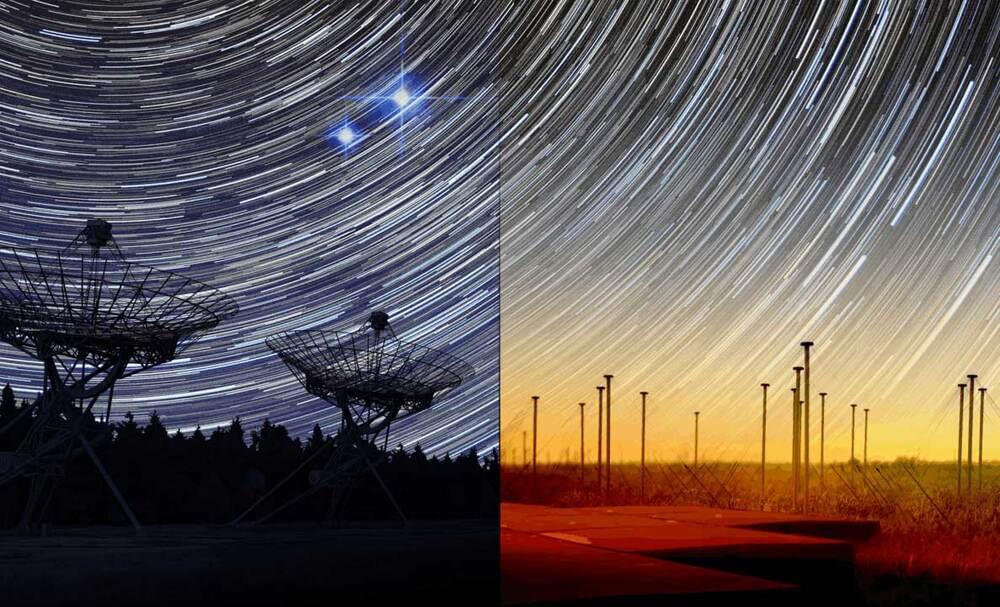There are many strange things happening on Venus. Among them is a recognizable weather pattern that scientists now realize has persisted in the atmosphere for at least 30 years.





Now, the robot geologist reached an exciting area with mountain layers that may reveal how the ancient environment within Gale Crater dried up over time. More: https://go.nasa.gov/2W48e0U
Join Rod Roddenberry, Gene Roddenberry’s son and Roddenberry Entertainment CEO, George Takei, actor and activist, Administrator Bill Nelson and some of NASA’s best and brightest as they honor Star Trek creator Gene Roddenberry’s 100th birthday with a conversation about diversity and inspiration. NASA panelists include: Hortense Diggs, Director of the Office of Communication and Public Engagement at NASA’s Kennedy Space Center, Tracy Drain, Europa Clipper Flight Systems Engineer, astronaut Jonny Kim, and Swati Mohan, Mars2020Guidance and Controls Operations Lead.
Producer/Editor: Lacey Young

Learn more about what it’s like living in space: http://ow.ly/yHiO50FO9qv



Strange behavior caught by two radio observatories may send theorists back to the drawing board.
Fourteen years ago, the first fast radio burst (FRB) was discovered. By now, many hundreds of these energetic, millisecond-duration bursts from deep space have been detected (most of them by the CHIME radio observatory in British Columbia, Canada), but astronomers still struggle to explain their enigmatic properties. A new publication in this week’s Nature “adds a new piece to the puzzle,” says Victoria Kaspi (McGill University, Canada). “In this field of research, surprising twists are almost as common as new results.”
Most astronomers agree that FRBs are probably explosions on the surfaces of highly magnetized neutron stars (so-called magnetars). But it’s unclear why most FRBs appear to be one-off events, while others flare repeatedly. In some cases, these repeating bursts show signs of periodicity, and scientists had come up with an attractive model to explain this behavior, involving stellar winds in binary systems.